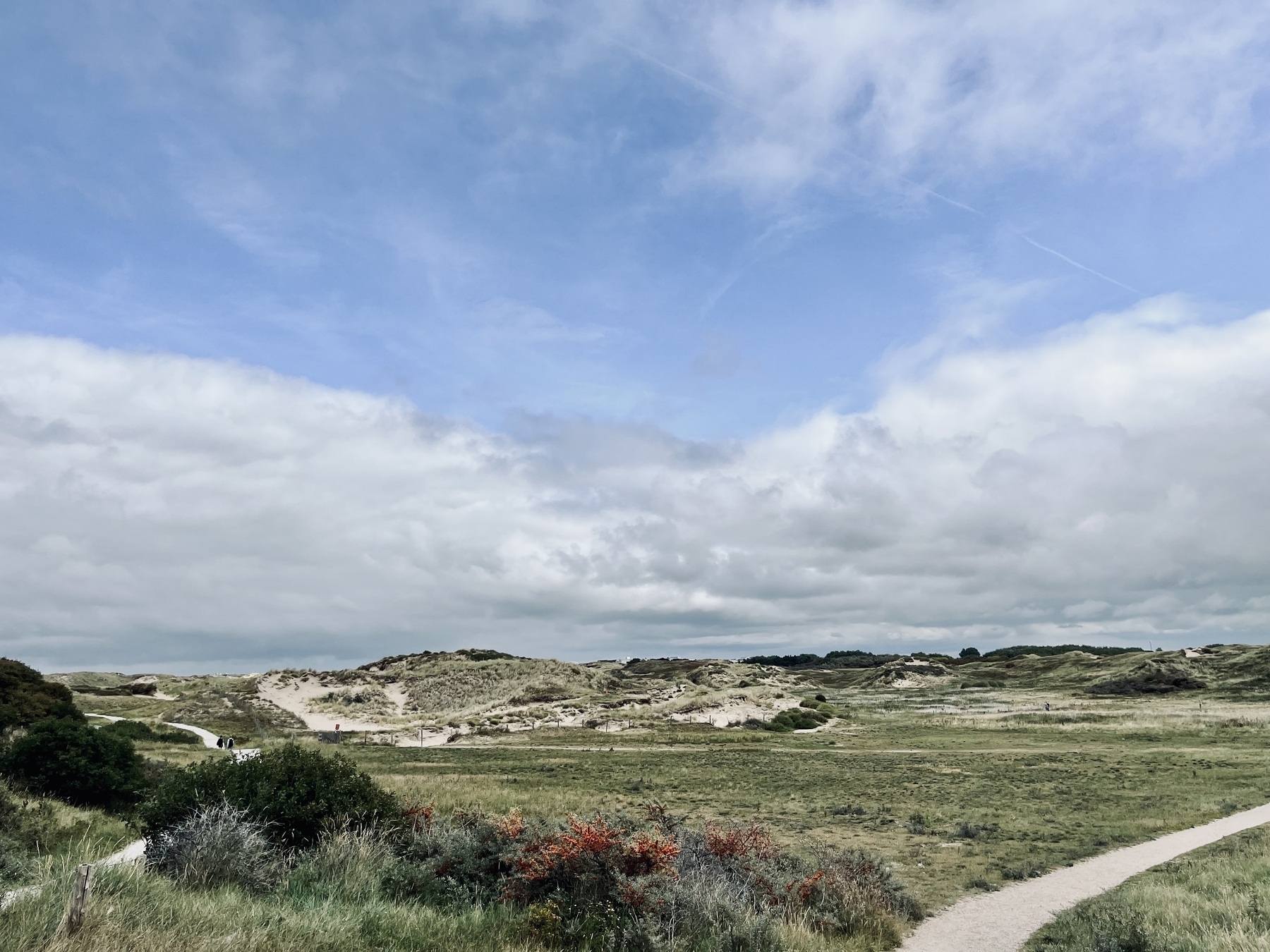Why I unsubscribe from every brand that sends Black Friday emails
November is the month in which I massively unsubscribe.
My personal rule is simple: if you send me a Black Friday offer, I unsubscribe immediately.
Why such a drastic rule
It’s not that I hate offers. It’s that Black Friday has become something that goes far beyond a day of discounts. Now it’s an entire month of constant bombardment, artificial urgency, inboxes saturated with messages screaming “LAST CHANCE!” when we know there will be another “last chance” tomorrow.
When a brand I trust decides to participate in this circus, it’s telling me something about its priorities. It’s telling me it prefers noise over value, the quick transaction over the lasting relationship.
And I prefer silence.
The hidden cost of attention
Every email I open, every notification I read, every offer I evaluate costs me something. It costs me attention, that resource we all say is limited but treat as if it were infinite.
The brands I respect understand this. They don’t abuse my inbox. They don’t confuse frequency with relevance. They don’t assume that more communication equals better communication.
Those that participate in Black Friday have made a decision: they prefer volume over precision. And that’s fine, it’s their strategy. But I also make a decision: I prefer less noise in my life.
A way of voting with attention
Unsubscribing isn’t an act of rebellion. It’s simply coherence.
If I say I value my time and attention, but allow any brand to interrupt me whenever it suits them, I’m lying. I’m letting others decide what deserves my attention, instead of deciding it myself.
Every time I unsubscribe during November, I’m voting. I’m saying: “I prefer brands that respect me over brands that chase me.” I’m choosing quality over quantity, intention over opportunism.
What really interests me
I don’t need more offers. I need fewer things that truly matter.
I don’t need discounts on products I don’t want. I need clarity about what I do want.
I don’t need artificial urgency. I need space to think.
The brands that understand this don’t need Black Friday. They build value every day of the year, not just when the calendar gives them permission to shout louder than everyone else.
And those are the brands that stay in my inbox.








